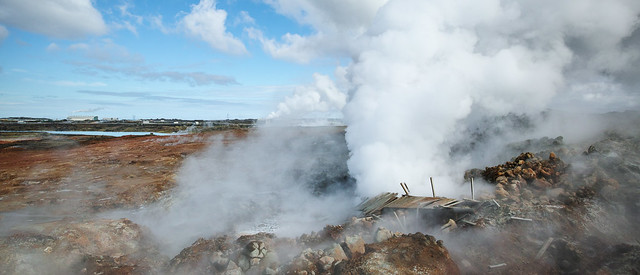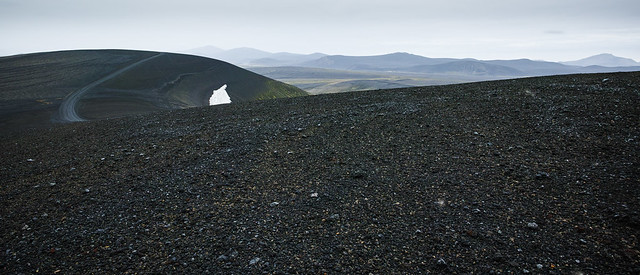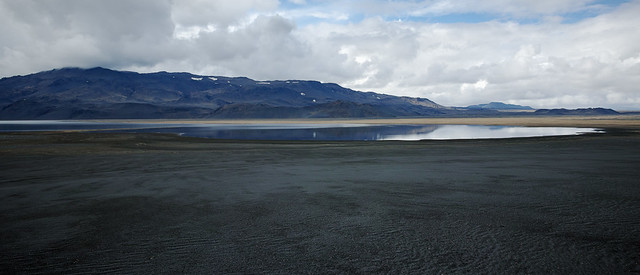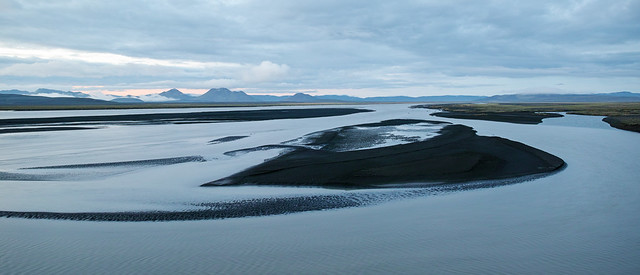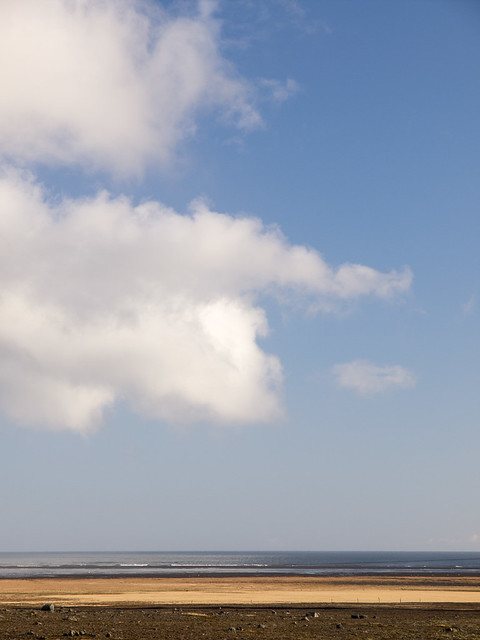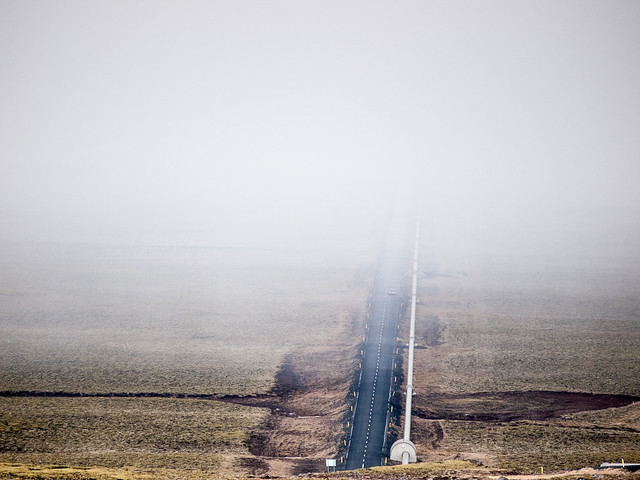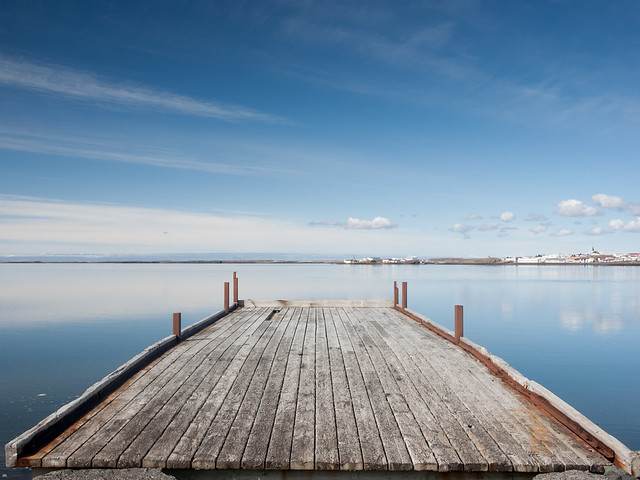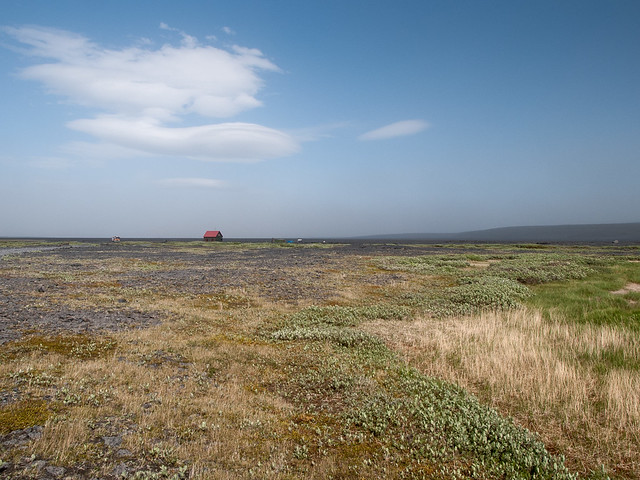A few weeks ago I participated in the workshop run by Ragnar “Rax” Axelsson and hosted by Leica Fotografie Internal, in Hamburg. My motivation for attending was as a long-time fan of Rax’s photography, and at the same time a hope that a few days of mentoring by a dedicated black & white, people and storytelling photographer would give a useful nudge to my dedicated colour, people-less and non-storytelling photography. Oh, and add to that my total lack of Leica ownership. Well, spending a couple of days two years ago with Neil Buchan-Grant in Venice certainly expanded my horizons, so why not. Of course, in that case I had my relatively strong relationship with Venice to fall back upon. Of Hamburg I knew precisely nothing.
The workshop attendees were not exclusively wealthy Leica owners. A few were clearly ultra-wealthy Leica owners 😊. And a handful were, like me, non-Leica owners, and a few people even confessed to prefer colour. So I wasn’t totally isolated. And of course I got to pretend I owned a Leica for a weekend, as I casually laid it on the table at Starbucks.
Unfortunately the weather on my first day in Hamburg was worse than dismal. Incessant, bucketing rain, empty streets, terminally grim. It wasn’t even that kind of bad weather which is good for photographers. Nope, it wasn’t even good for ducks.
We had a quite loose assignment. Apart from a directive to produce at least one selfie (Rax has a sense of humour), the general idea was to produce a coherent series of some 20 photographs, which could be edited down in one to one sessions to 6, together with a set of 6 from previous work which we were asked to bring along. Finally the completed work was to be presented to the group.
Well, most everybody else wandered off and produced some nice black & white street photography. You can see some of it here. I’m quite impressed with what some people managed to produce. I certainly didn’t manage to tune in to Hamburg street life in that what.
Instead I reverted to type and tuned in to waste and desolation. I fixated on a few hundred square meters around the new Überseequartier U-Bahn station, which emerges like a buried alien artefact in the middle of an area of mostly disused dockland being transformed into Living Spaces for Bright Young Things etc. I found the state of transition quite captivating, if hardly up-lifting. However it did offer plenty of opportunity for a formal approach to urban landscape.
The selection curated by Rax narrowed down to 5 photographs, as can be seen at the end of the LFI gallery linked above. I respectfully disagree with part of his selection - my own set is here.

